Comments / Questions (81)
![]() Maria Anthonia wrote:
Maria Anthonia wrote:
Klopt het dat je patroon A1 op breinaalden nr. 6 moet breien ? De rest van het dekentje moet op breinaalden nr. 3.5 gebreid en dat is wel een groot verschil vandaar mijn vraag.
21.06.2022 - 20:34DROPS Design answered:
Dag Maria,
Nee, je breit het hele dekentje op naald 3,5 mm. Maak wel altijd even een proeflapje om te controleren of de stekenverhouding klopt en pas eventueel de naalddikte aan. Bij tip voor het breien staat hoe je op de zesde in het telpatroon breit, misschien dat je hiermee in de war was.
26.06.2022 - 10:08
![]() Faye wrote:
Faye wrote:
Is it possible to get this with written instructions rather than just the diagrams to follow?
18.05.2022 - 06:32DROPS Design answered:
Hi Faye, The diagrams have written instructions for each symbol above them. It is possible to write each symbol out for yourself for the first couple of rows, until you get used to reading symbols. Unfortunately we do not have another version of this pattern available. Happy crafting!
18.05.2022 - 06:55
![]() Hanne Lise Nielsen wrote:
Hanne Lise Nielsen wrote:
Hvis jeg gerne vil strikke tæppet lidt større, f.eks. 6 ekstra rapport af A2 i bredden og 4 A2 ekstra i højden, hvor mange masker skal jeg så starte med at slå op, når jeg starter på tæppet. Og hvor meget garn skal jeg have ekstra, udover de 8 nøgler, der er beregnet til opskriften ? Mange hilsner Hanne Lise Nielsen
21.03.2022 - 17:16DROPS Design answered:
Hei Hanne Lise. Om du ønsker å strikke flere rapporter av A.2 må du legge opp 8 masker (A.2) x hvor mange flere rapporter du ønsker (f.eks 6 flere rapporter = 8 masker x 6 = 48 ekstra masker som du må legge opp). Siden vi ikke har strikket teppet i en større størrelse har vi heller ikke den nøyaktige garnmenden. mvh DROPS Design
28.03.2022 - 08:46
![]() Laila Jørgensen wrote:
Laila Jørgensen wrote:
Hej. Jeg er kommet til mønster A3, at hvor der skal være 10 rapporter a 16 masker. Men når jeg følger opskriften, er der 17 masker i en rapport?? Hilsen Laila
15.02.2022 - 13:15DROPS Design answered:
Hej Laila, A.3 starter med 16 masker nederst i diagrammet. På pind 5 tager du 1 maske ud for hver gang du starter diagrammet, så du på pind 6 har 17 masker. Sæt gerne et mærke imellem hver rapport. God fornøjelse!
15.02.2022 - 14:44
![]() Marie wrote:
Marie wrote:
Jeg strikke Drops Baby 33-35 og er nået til at skulle strikke A3. Ifølge opskriften består rapporten af 16 masker. Men efter de første 5 pinde består rapporten af 17 masker, senere 19 masker osv. hvordan får jeg det til at se pænt ud med halvfærdige rapporter ?
23.01.2022 - 20:23DROPS Design answered:
Hej Marie. Att det är fler masker i rapporten kommer av att det har ökats maskor i pinden under så du kommer ha lika många masker som det visas i diagrammet (rapporten blir alltså inte halvfärdig). Mvh DROPS Design
24.01.2022 - 07:25
![]() Katka Stratilová wrote:
Katka Stratilová wrote:
Dobrý den, u tohoto vzoru nechápu, jak mám plést schéma A1.Jsou zobrazeny jen lícové řady?A rubové plést jak se jeví?Nebo zprava doleva jsou lícové a zleva doprava rubové?Vzor A2 upletu bez problémů, ale tady jsem bezradná!V galerii je foto upletené celé deky, ten spodní okraj je vidět jen trošku,tak z toho moc nepoznám...Jestli provádíte, budu moc ráda! Děkuji!Hezký den.Katka
18.01.2022 - 17:44DROPS Design answered:
Dobrý den, Katko, u schémat jsou zobrazeny všechny řady, tj. lícové i rubové a to tak, jak vypadá vzor při pohledu z lícové strany. Instrukce, jak plést oka v rubových řadách, najdete ve vysvětlivkách. Podrobněji viz lekci Jak číst schémata pletených vzorů . Jen pozor: dolní okraj této deky vypadá jinak než horní! Není tvořen vlnkovým vzorem, ale jeho základem je vroubkový vzor s jednou dírkovou řadou. Hodně zdaru! Hana
19.01.2022 - 05:22
![]() Mirjam wrote:
Mirjam wrote:
Ik begrijp A3 niet. De beschrijving zegt : 3 steken ribbelsteek, 160 steken A3, 3 ribbelsteken, totaal 166 steken Bij naald 7 vraagt het patroon om 3 ribbelsteken, 10 x 17 volgens patroon, 3 ribbelsteken, totaal 176 steken. Waar moet ik de meerderingen doen en wordt het werk dan niet te breed?
15.12.2021 - 11:46DROPS Design answered:
Dag Mirjam,
De meerdering wordt gemaakt aan het begin in de 5e naald van het telpatroon, daar maak je een omslag.
20.12.2021 - 17:22
![]() Deborah wrote:
Deborah wrote:
Thanks again for answering so quickly, if in section A3 the yarn overs are not twisted on next row what about A2?
02.12.2021 - 21:42DROPS Design answered:
Dear Deborah, the yarn overs in the diagrams belong all to the lace pattern, only the yarn overs made to increase evenly will be worked twisted as in the tip. Happy knitting!
03.12.2021 - 08:21
![]() Deborah wrote:
Deborah wrote:
Thanks for answering my first question. My second one is your increase tip. It says on the next row work a yarn over twisted to avoid holes. Is this done through out the pattern? Looking at picture there are some holes.
02.12.2021 - 15:12DROPS Design answered:
Dear Deborah, when working A.3 you will just work the yarn overs as usual as they belong to the lace /wave pattern. Happy knitting!
02.12.2021 - 16:37
![]() Deborah Bohnenstiehl wrote:
Deborah Bohnenstiehl wrote:
Making baby 33-35 and have trouble with diagram A.3 . How do you get extra stitches on rows 6,40,46,52? Thanks Also on A1 know first 5 rows are knit, what about rows 7-11?
27.11.2021 - 22:07DROPS Design answered:
Dear Deborah, in row 6 you have a yarn over at the beggining of the row. In the other rows (40, 46, 52), you have more increases than decreases so you end up with extra stitches. In A.1, rows 7-11 are also knitted and row 12 is purled. Happy knitting!
28.11.2021 - 19:18
Memory Maker#memorymakerblanket |
|||||||||||||||||||
 |
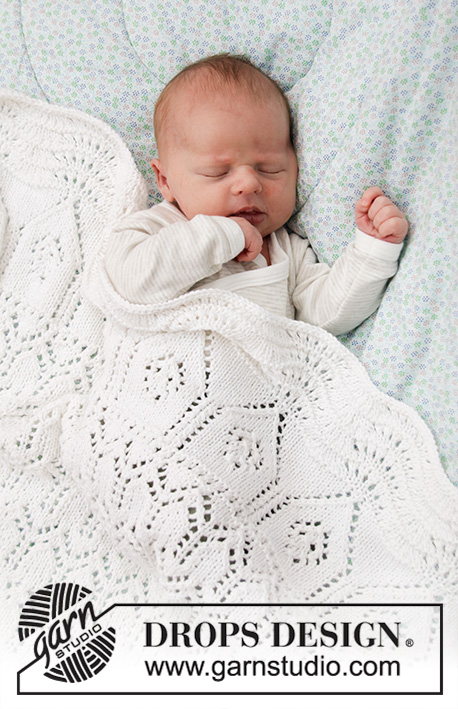 |
||||||||||||||||||
Knitted blanket for baby in DROPS Cotton Merino. Theme: Baby blanket
DROPS Baby 33-35 |
|||||||||||||||||||
|
---------------------------------------------------------- EXPLANATION FOR THE PATTERN: ---------------------------------------------------------- PATTERN: See diagrams A.1, A.2 and A.3. GARTER STITCH (back and forth): Knit all rows. 1 ridge vertically = knit 2 rows. INCREASE TIP: Increase 1 stitch by making 1 yarn over, on next row work yarn over twisted to avoid holes at the increase. Increase as follows: *Work 20 stitches, 1 yarn over*, repeat from *-* 7 times, work the rest of row. KNITTING TIP A.1: On row 6 in diagram A.1 (row with yarn overs) work as follows: 3 stitches in garter stitch, A.1 over the next 152 stitches, work 1 stitch in stockinette stitch and finish with 3 stitches in garter stitch. ---------------------------------------------------------- START THE PIECE HERE: ---------------------------------------------------------- BABY BLANKET - SHORT OVERVIEW OF THE PIECE: Worked back and forth on circular needle, bottom up. Work lace edge A.3 at the top of baby blanket. BABY BLANKET: Cast on 159 stitches on circular needle size 3.5 mm = US 4 with Cotton Merino. Work first row as follows from right side: 3 stitches in GARTER STITCH - see explanation above - A.1 over the next 153 stitches, finish with 3 stitches in garter stitch – see KNITTING TIP A.1. Continue until A.1 has been worked 1 time vertically. REMEMBER THE KNITTING GAUGE! Then work as follows from right side: 3 stitches in garter stitch, A.2 over the next 152 stitches (= 19 repetitions of 8 stitches), work 1 stitch in stockinette stitch and finish with 3 stitches in garter stitch. Continue pattern like this. Work until piece measures approx. 63 cm = 24¾", adjust so that last row is last row in a repetition of A.2. On next row (= from wrong side and last row in A.2) increase 7 stitches evenly - read INCREASE TIP = 166 stitches. Then work as follows from right side: 3 stitches in garter stitch, A.3 over the next 160 stitches (= 10 repetitions of 16 stitches), finish with 3 stitches in garter stitch. Work A.3 1 time vertically (there are now 236 stitches on needle), then loosely bind off by knitting, cut and fasten the yarn. |
|||||||||||||||||||
Diagram explanations |
|||||||||||||||||||
|
|||||||||||||||||||
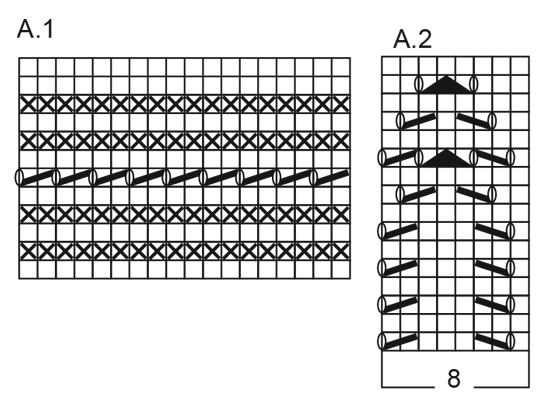 |
|||||||||||||||||||
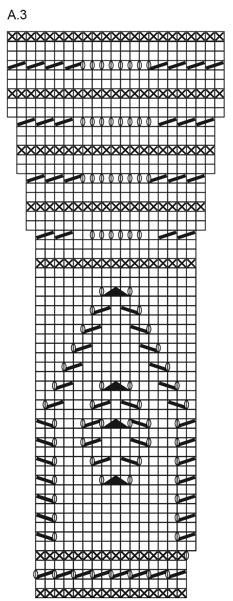 |
|||||||||||||||||||
Have you finished this pattern?Tag your pictures with #dropspattern #memorymakerblanket or submit them to the #dropsfan gallery. Do you need help with this pattern?You'll find 18 tutorial videos, a Comments/Questions area and more by visiting the pattern on garnstudio.com. © 1982-2025 DROPS Design A/S. We reserve all rights. This document, including all its sub-sections, has copyrights. Read more about what you can do with our patterns at the bottom of each pattern on our site. |
|||||||||||||||||||







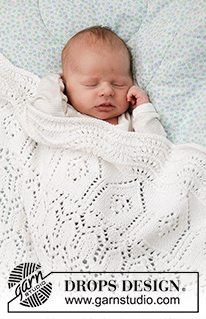
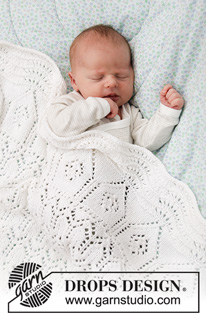




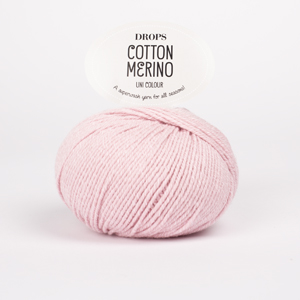

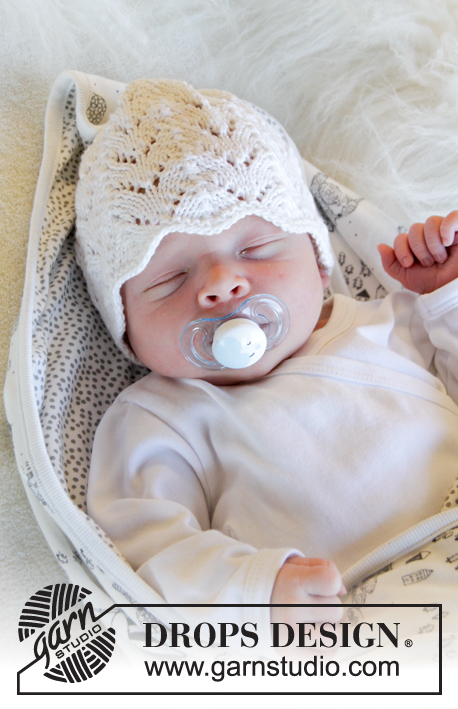









































Post a comment to pattern DROPS Baby 33-35
We would love to hear what you have to say about this pattern!
If you want to leave a question, please make sure you select the correct category in the form below, to speed up the answering process. Required fields are marked *.